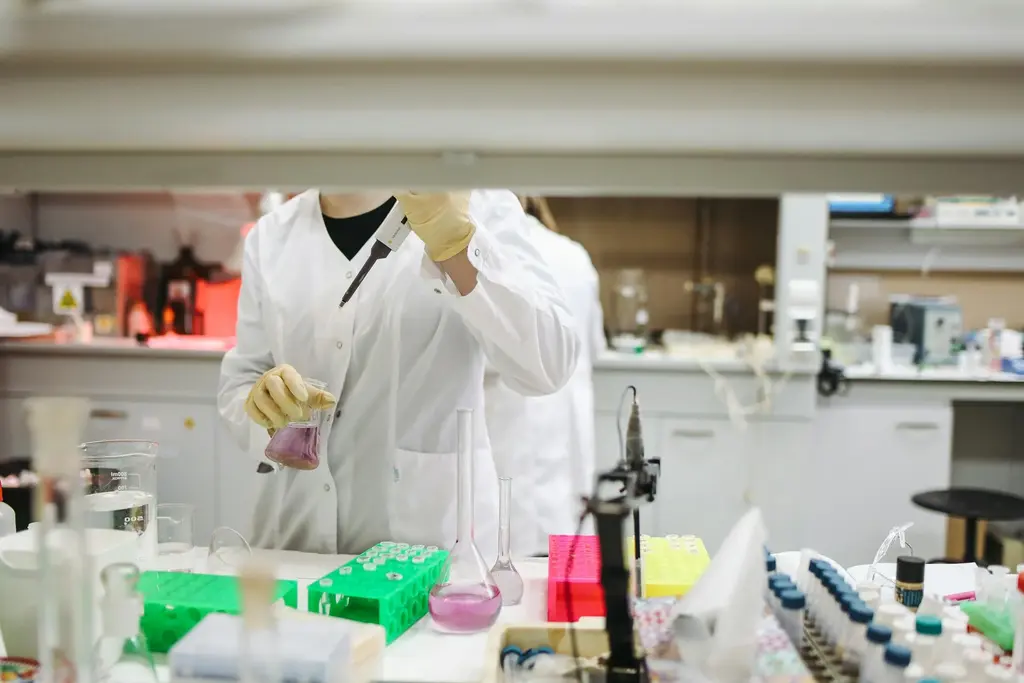Alcohol dilution plays a crucial role in pharmacy practice. It is used to prepare various medications and topical formulation.
Alcohol is a colorless and flammable liquid. It is a compound commonly known as ethanol or ethyl alcohol.
It is produced through fermentation of sugars by yeast or through chemical synthesis.
Alcohol has various applications, from beverage or as a solvent to a disinfectant in healthcare.
Dilution refers the process of reducing the concentration of a substance by adding a solvent, typically water, to it.
What is Alcohol Dilution?
It is the process of reducing the concentration of alcohol in a solution by adding a suitable amount of a diluent, such as water or another solvent.
In pharmacy, alcohol is commonly used as a solvent or preservative due to its antimicrobial properties. It has ability to enhance the solubility of certain drugs.
Why alcohol dilution is important?
Alcohol dilution is important to prevent adverse effects and ensure the safe use of medications.
It helps pharmacists to control the solution strength for accurate dosing.
Dilution helps maintain medication stability by achieving the necessary alcohol concentration for formulation integrity.
Methods
Several methods are used for alcohol dilution, such as simple dilution techniques to sophisticated calculations using volumetric instruments.
Pharmacists use standard formulas and concentration calculations to get the desired alcohol concentration accurately.
Volumetric flasks and measuring cylinders are commonly used to measure volumes of alcohol and diluents.
What is the formula of alcohol dilution?
By the following equation formulas, we can calculate the dilution ratio or the volume of diluent.
C1V1=C2V2
Where:
- C1 = Initial concentration of alcohol.
- V1 = Volume of initial alcohol solution.
- C2 = Final desired concentration of alcohol.
- V2 = Volume of final alcohol solution needed.
For example, you have a 95% alcohol solution (C1), and you want to dilute it to prepare 500 mL of a final solution containing 70% alcohol (C2).
Use the formula: C1V1=C2V2
:(95%) (V1) = (70%) (500 mL)
Now, you need to solve for V1:
: V1 = 70% * 500 mL / 95%
: V1 ≈ 368.42 mL
So, you would need approximately 368.42 mL of the 95% alcohol solution to prepare 500 mL of a final solution containing 70% alcohol.
Role of alcohol dilution in pharmaceuticals compounding
By adjusting alcohol concentrations, pharmacists can formulate suspensions and tinctures with the desired therapeutic properties.
It ensures the efficacy of the final product during formulation but also promotes patient adherence and comfort.
What are the factors affecting dilution?
- APIs must dissolve well in alcohol for effectiveness.
- Poor solubility can cause issues like uneven distribution.
- Factors like pH and temperature affect stability.
- Interactions between alcohol and other components.
Challenges during dilution
Accuracy in dilution
To get desired alcohol concentrations it requires very optimize measurement and calculation. Even slight errors in dilution can impact the efficacy and safety of compound.
Solubility issues
Some active ingredients may have limited solubility in alcohol. It affects their dispersion and effectiveness in the final formulation.
Stability of formulations
Factors such as pH, temperature and interactions with other ingredients should maintain for product stability and shelf-life.
Compatibility with excipients
Compatibility between alcohol and other excipients in the formulation is important. Because incompatibilities can make issues, such as changes in texture, taste or appearance.
What happens if any drug contains high amount of alcohol?
High alcohol content in drugs can cause intoxication, impairing judgment and coordination.
It poses health risks such as liver damage and addiction. Interaction with other medications can lead dangerous effects.
When it combined with substances that depress the central nervous system it may show more dangerous effects.
Negative side effects like nausea, vomiting, headaches, dizziness and dehydration can occur.
Conclusion
In pharmacy it is crucial for accurate and safe medication preparations.
By utilizing the equation formulas, pharmacists and pharmacy professionals can control the concentration of alcohol in solutions.
(Note: When dealing with alcohol or any other potentially hazardous substances, always adhere to relevant safety guidelines and regulations in your country or region.)
Also read Emulsion definition, types, examples and uses.
FAQ’s
Define alcohol dilution in pharmaceutics and explain its importance in pharmacy.
Ans: Alcohol dilution is the process of reducing the concentration of alcohol in a solution by adding a suitable diluent like water. In pharmacy, it is important for safe medication use, accurate dosing, maintaining stability and ensuring therapeutic efficacy of formulations.
What is the formula for alcohol dilution calculations?
Ans: C1V1=C2V2 Where, C1 = Initial concentration of alcohol, V1 = Volume of initial alcohol solution, C2 = Final desired concentration of alcohol and V2 = Volume of final alcohol solution needed.
What do mean by sophisticated calculations?
Sophisticated calculations typically refer to using mathematical formulas and measurement techniques to achieve desired concentrations of alcohol accurately. These calculations involve the use of volumetric instruments such as volumetric flasks, pipettes and burettes. It also refers standard concentration formulas like the dilution equation (C1V1 = C2V2).

